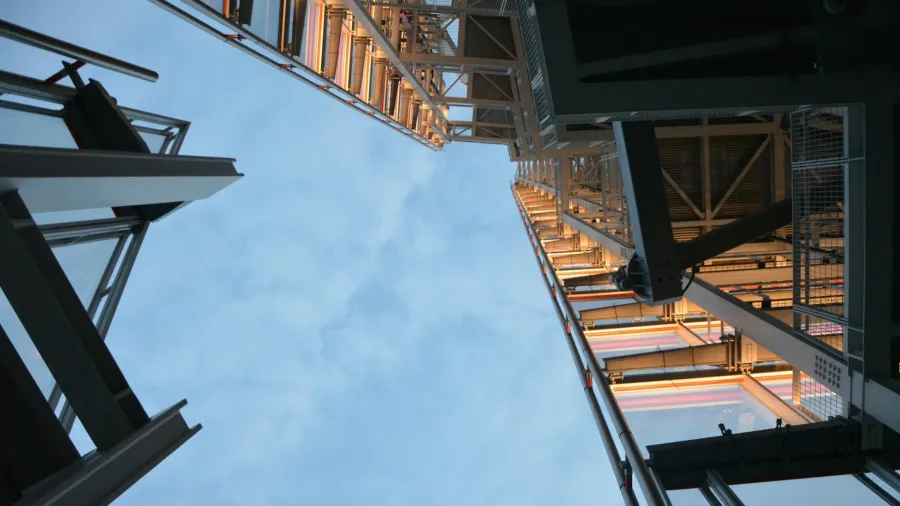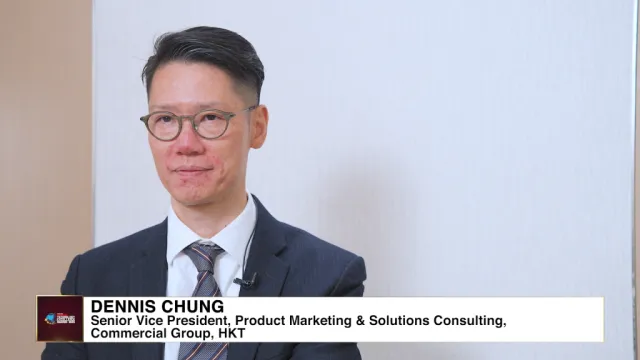
Data standardisation and collaboration set to drive construction growth
These are deemed crucial for improving productivity, quality, and sustainability in the sector.
Data standardisation and multidisciplinary collaboration are set to drive Hong Kong's construction industry in 2025, playing a crucial role in enhancing productivity, quality, and sustainability.
A report by Arup highlights that these elements are essential for addressing ongoing industry challenges, such as high costs and labor shortages. As the sector increasingly leverages emerging technologies like AI, IoT, and digital twins, the need for standardised data becomes even more critical.
With these technologies generating vast amounts of information, effective data standardisation is key to ensuring seamless collaboration across departments, ultimately boosting efficiency and quality. In Hong Kong, Arup’s collaboration with the Electrical and Mechanical Services Department (EMSD) has demonstrated how standardised data can optimize cooling systems, lower costs, and improve operational performance.
By adopting a standardised approach to data management, the construction industry can unlock new opportunities for innovation and resilience, paving the way for a more sustainable and efficient future.
A common platform for all project stakeholders is also crucial for achieving data standardisation. Without one, miscommunication and inefficiency can occur due to varying terms and methods used across companies.
Moreover, AI and machine learning are also expected to play a pivotal role in managing these platforms. By integrating all stakeholders into a shared system, AI can help align project teams, improve outcomes, and drive innovation. This will not only enhance collaboration but also accelerate the adoption of sustainable practices in the industry.
Looking forward, the Hong Kong government is committed to accelerating major infrastructure initiatives, such as the Northern Metropolis project, to boost economic growth and improve living standards.
Green building practices and sustainable urban development are priorities to meet climate goals, along with investments in construction technology to improve worker safety.
With a projected increase in public housing supply—189,000 new units in the next five years—there is a clear push for more efficient construction.
The industry can reduce costs and meet the growing demand for housing by streamlining processes and using technology, the report noted.



















 Advertise
Advertise








